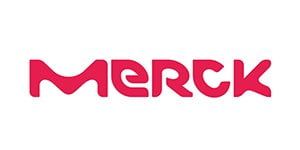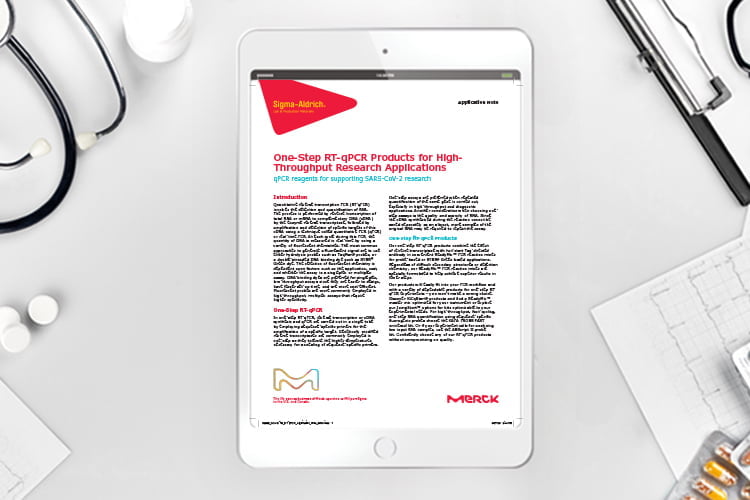Application note: One-step RT-qPCR products for high-throughput research applications
Posted: 1 December 2020 | Merck | No comments yet
The process is performed by reverse transcription of total RNA or mRNA to complementary DNA (cDNA) by the enzyme reverse transcriptase, followed by amplification and detection of specific targets of this cDNA using a technique called quantitative PCR (qPCR) or real-time PCR. At each cycle during this PCR, the quantity of DNA is measured in real-time by using a variety of fluorescent chemistries. The most common approaches to generate a fluorescent signal are to use either hydrolysis probes such as TaqMan® probes, or a double-stranded DNA binding dye such as SYBR® Green dye. The selection of fluorescent chemistry is dependent upon factors such as the application, cost, and whether the assay is a singleplex or multiplex assay. DNA-binding dyes are preferred for singleplex, low-throughput assays since they are easier to design, have lesser set-up time, and are more cost-efficient. Fluorescent probes are more commonly employed in high-throughput, multiplex assays that require higher specificity.
Related content from this organisation
Related topics
Assays, DNA, Polymerase Chain Reactions (PCRs), Real-time polymerase chain reaction (qPCR), RNAs
Related organisations
Merck




